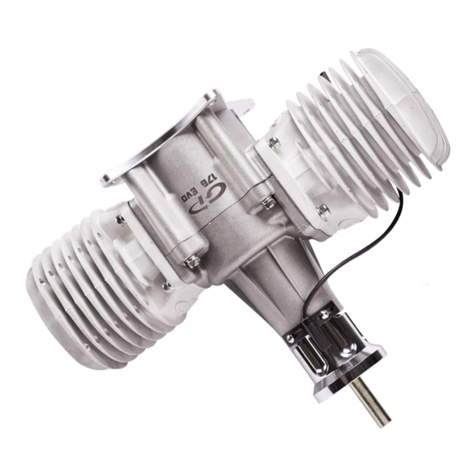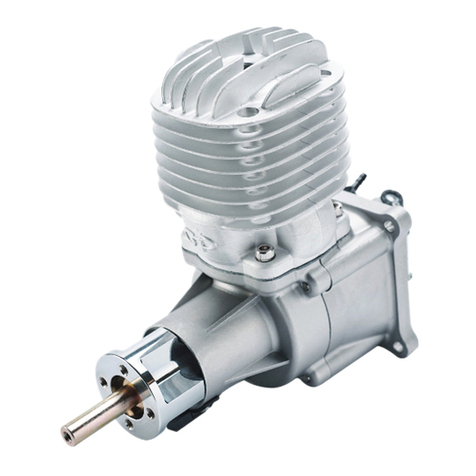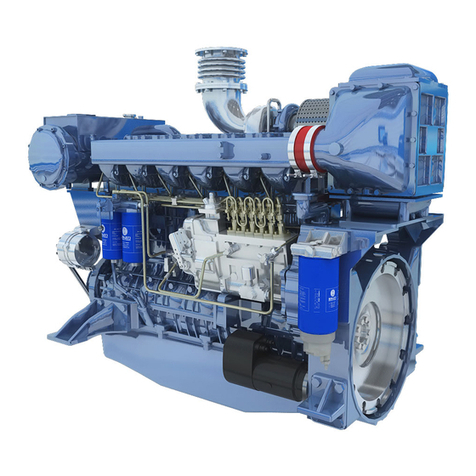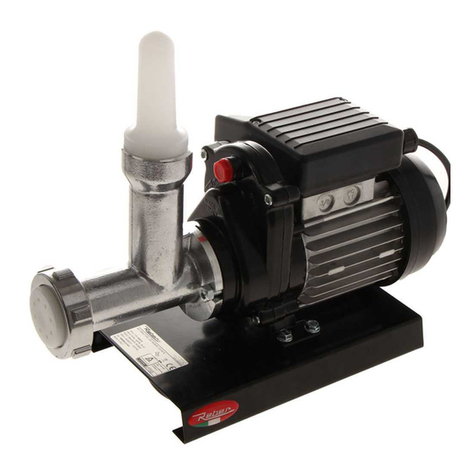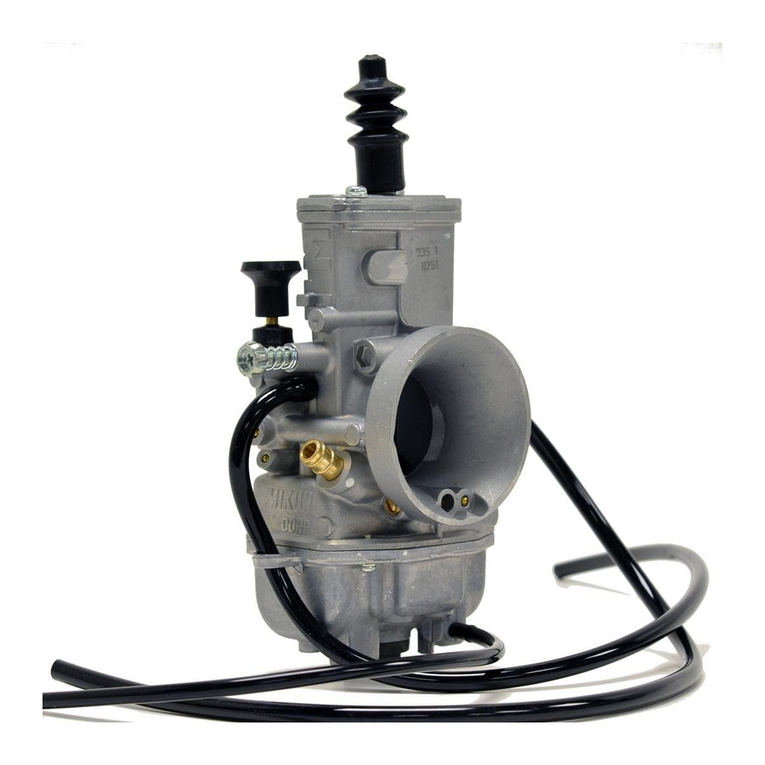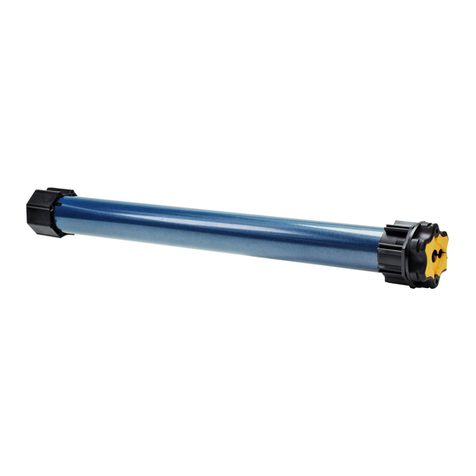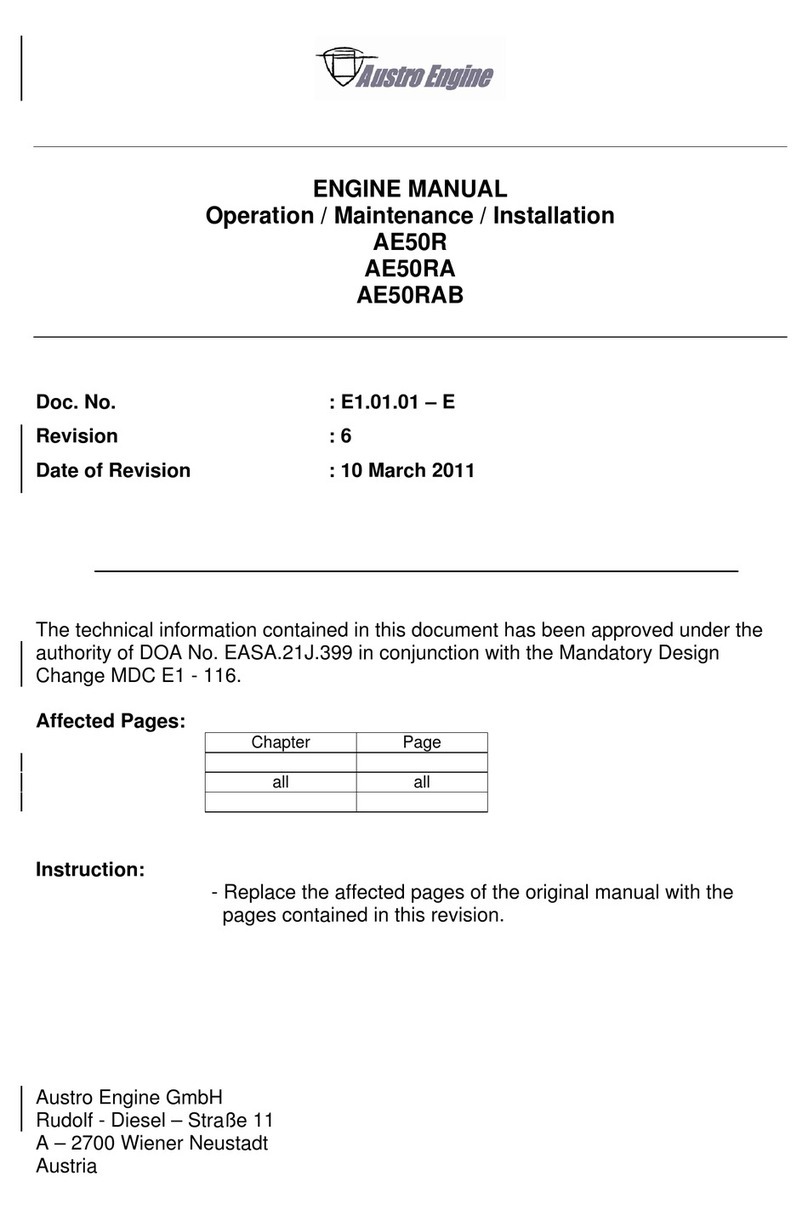Great Power Engine GP-123 User manual

GP-123 Owner’s Manual
www.geme.com.tw

!
1!
Please read these instructions carefully
before operating the engine
※
Technical Specifications
※
Item
Data
Item
Data
Bore
46.5 mm
RPM Range
1500-8900 RPM
Net Weight
2300 g
Output
12 Horsepower
Weight of Ignition
202 g
Fuel
Unleaded 89-93
octane fuel
Weight of Muffler
330 g
Lubrication
Synthetic oil with
octane fuel in
mixture 1:40
※
Safety Instructions
※
IMPORTANT - PLEASE READ:
WARNING
It is vital to follow these safety instructions in order to prevent misuse of the engine that could
result in severe harm to you and/or others. Great Power Model Engine cannot take
responsibility for loss, damage or injury that results from failing to observe the instructions
and precautions in this manual.
You ar e respons ible for op erating t he engine safely.
Note that the engine may stop suddenly for a number of reasons. Take this into account when
flying your plane to avoid it being damaged in the event of a sudden stop. Do not fly the plane
if you suspect it will be damaged if the engine stops running.
1.!By operating the engine, you agree to be held completely responsible for any damage or
injury that is incurred as a result.
2.!Read all instructions before operating your engine.
3.!When operating the GP engine, always abide by the laws of your country.

!
2!
4.!Use original spare parts only.
5.!Make sure all parts of your body area safe distance away from the plane of the spinning
propeller.
6.!Ensure to check all propeller screws and spinner are tightened and in a good condition
before every flight. (120~140 inch. / lbs.).
7.!Check the engine is firmly fixed to the engine mount periodically.
8.!Do not operate the engine or fly your airplane alone.
9.!Do not allow anyone to stand in front of your engine or next to the propeller
when the engine is running. Remember to always stand behind your engine and propeller
when operating.
10.!Wear close-fitting clothes when operating the engine. When operating the engine near to
lose material, such as gravel, power cords, rope etc. beware that it may be drawn into the
spinning propeller, potentially causing severe injury or even death.
11.!Only start the engine in well-ventilated areas, do not operate it indoors.
12.!Make sure spectators or bystanders, especially children and pets, are at least 10 meters
away when running the engine.
13.!Always turn the engine off before making adjustments.
14.!Use the ignition kill switch to stop the engine.
15.!Gasoline is a highly flammable substance. Sparks from electrical contacts such as battery
chargers, fuel pumps etc. can be dangerous. Smoking near the fuel supply or engine is also
dangerous. Fuel must be stored in well ventilated areas in approved containers.
16.!The temperature of the engine will be very high after being turned on. Please do not touch
or refuel the engine until it cools down.
17.!Do not connect GP engines with RC Excel’s tachometer, as doing so could cause
ignition failure and damage to the engine.
※
Choosing a Suitable Propeller
※
Propellers of the same dimensions/pitch produced by different manufacturers tend to vary. Even
propellers of the same dimensions made by the same manufacturer can vary. Environmental
factors, such as temperature and atmospheric pressure, the weight of the plane, the exhaust
system etc., will have an effect on propeller load. Carbon fiber propellers usually produce higher
RPM than a wood propeller of the same diameter and pitch.
Suggested propeller dimensions: Two-blade: 27x12, 28x10, 28x12, 29x10
Three-blade: 25x12, 26x12

!
3!
GP-123 is designed for a power maximum of 8900 RPM. We recommend that you do not use
propellers that turn the engine on the ground at more than 7000 RPM. Do not forget that the
balance of your propeller is absolutely critical to the health of your engine.
※
Fuel and Oil Mix
※
Always use 40 to 50 volume units of unleaded 89~93 octane fuel mixed with 1 unit of synthetic
oil (40~50: 1). We recommend Red-line Two Stroke Racing Oil and Motul 710. These oils are
easy to find at most motorcycle stores. Oil used in cheap garden appliances and synthetic oils
are not intended for methanol model machines and must not be used. Any damage resulting
from the use of low quality fuel is not the responsibility of GP Engine. Do not use mixed fuel
that is more than 90 days old.
※
Engine Installation
※
Screw: You can mount the engine directly to the firewall. We recommend a M5 screw for GP-
61, M6 for GP-123, GP-88 andGP-176. The firewall should be stiff enough to prevent engine
vibrations. Use high grade 5 mm or 6 mm with washers and locknuts in the rear of the firewall.
Make sure your firewall is structurally sound.
Servo: We recommend a high quality servo for the throttle, as it ensures accurate and reliable
throttle operation. We also recommend a high quality servo linkage. Do not use all metallic
servo linkages, as this could cause radio interference.
Fuel Tank: We recommend a 450cc-500cc fuel tank for GP-61, a 800cc-1000cc fuel tank for
GP-123 & GP-88 models, and an approximately 1500cc one for GP-176. The tank must be
vented, and the vent should be routed to the outside of the plane, preferably at the bottom of the
cowl.
Engine Cooling: Sufficient air circulation under the cowl must be ensured, as cooling is
important for the engine’s performance and longevity. To cool the engine, an appropriately sized
air intake is required. The exhaust air outlet should be 3 times larger than the intake at the bottom
rear of the cowl for the hot air to exhaust. Make sure cool air can go through the cylinder fins
and does not bypass them and rake an easy route to the exit. It is better to build baffles, as this

!
4!
can create turbulent air movements through the cylinder fins, hence providing maximum
cooling for an air cooled engine.
Caution: It is important to use seals to protect openings in order to prevent sawdust, residual
abrasives etc., from entering the engine’s interior when the engine is being mounted in the model.
Ensure the cleanliness of the interior of the fuselage. Also ensure that all parts are tight and in
place so that they will not be sucked into the engine.
※
Needle Setting
※
Turning the needle clockwise LEANS the fuel mixture. Turning the needle counterclockwise
RICHENS the fuel mixture. The general starting points of the needles are as follows:
Low Needle
High Needle
GP-61
1 ½open on the Low needle
1 ½open on the High needle
GP-88 STD& EVO
1 ½open on the Low needle
1 ½open on the High needle
GP-123
2 open on the Low needle
1 ½open on the High needle
GP-176 STD& EVO
¾open on the Low needle
1 ½open on the High needle
Needle settings will vary according to different conditions, such as altitude, temperature, fuel
carb variances, humidity, and so on.
Caution: The adjusting needles must not be tightened with too much strength as this can cause
damage to the needles. If the needles are damaged, it will no longer be possible to make
adjustments to the carburetor and a new one must be obtained.
※
Starting Procedure
※
1.!Make sure the propeller bolts are all tight and secure.
2.!Make sure the area is clear of any kind of loose debris, sand, dirt or gravel.
3.!Have someone with eye protection firmly hold the plane. At least two people are required
to start the engine.
4.!We strongly recommend wearing heavy leather gloves when starting the engine.
5.!Switch on the radio system and confirm that all controls work correctly and are in the
correct direction. Ensure that you have the throttle cut switch set to fully close the throttle

!
5!
and stop the engine. After setting up, reconfirm that the throttle works by testing whether
it stops the engine.
6.!Switch on the ignition and close the choke. Then, flip the propeller until the engine fires or
runs for a few seconds.
7.!Release the choke, then set the throttle at a little higher around idle position(be aware that
the engine can start on any flip of the propeller at anytime, even if the ignition is off). Give
the engine a quick flip. It normally takes 5 to 10 flips to start the engine.
8.!After the engine starts running, slowly open the throttle to a low idle and allow the engine
to warm for 30 seconds. Then progressively open the throttle to full power and hold for 5
seconds to confirm that the engine can maintain full power. Next, throttle back and set the
idle to a low RPM.!
9.!WE STRONGLY RECOMMEND THAT YOU FOLLOW THIS PROCEDURE TO
START YOUR ENGINE.!
※
Break-In
※
We recommend breaking in the engine on the plane. Do not break it in on a test stand, even if
you have a test stand with a proper cooling system, because doing so may cause the engine to
overheat. We consider the engine fully broken in after 25 liters of fuel. The break-in procedure
is as follows:
1.!Start the engine at idle for 2-3 minutes (lower than 2500 RPM)
2.!Slowly push the throttle to around 4000-4500 RPM and run a tank of fuel. Then stop the
engine and let it cool down.
3.!Restart the engine at idle for one minute. Then slowly push the engine to full throttle. Do
not stay in full throttle for more than 5 seconds. Make sure the needle setting is done/ right
and the engine is running smoothly.
4.!Stop the engine again and let it cool down, before putting the cowling on and letting the
plane fly. The engine should run smoothly from the beginning and improve as flight hours
accumulate. We consider the engine fully broken in after 25 liters of fuel.
◎Make sure you have a proper cooling system on your plane before flying.
◎Do not run at full throttle than 10 seconds before the engine has been broken-in.

!
6!
※
Trouble Shooting
※
!
Trouble Shooting I ( The engine will not start)
1.!Check the battery voltage. It should be over 6.6+ when checked under load. Also check
all the ignition connections, wiring and switches.
2.!Examine the fuel system for clogs, jams or a bad fuel line. Make sure the propeller is
flipped over with authority. Check the carburetor mount is not loose, as air leaks may
cause the engine to not start.
3.!If too much fuel is dripping from the carburetor, the engine may be overflowed. If so,
you can:(a)Turn off the ignition system and ensure the choke and throttle are opened
completely. (b) Flip the propeller about 10 times at full throttle. (c) Close the throttle to
idle position and follow the starting procedure again.
※For single cylinder engines (GP-38, GP61 and GP88) you can also unscrew the spark
plugs and check its contacts, and dry or replace the spark plug(s). Further starting should
only be done with the throttle is turned down. (If the plug(s) is/are dry, then it may be
that not enough fuel has been drawn into the carburetor. In that case).
4.!If the engine stops soon after starting even when the starting procedure has been
followed, it is probably because the low needle is too lean. Turn the low needle
counterclockwise for approximately 1/8of a turn.
5.!If the engine does not reach a normal RPM at full throttle, shift back the GP
muffler(s) to the original needle setting. If the problem remains, it may result from(a) a
low battery;(b) the wrong needle setting (in which case we suggest adjusting 1/8 of a turn
at a time until the RPM reaches a peak); (c)the diameter of the propeller is larger than
recommended, in which case the RPM will be lower1; (d)the gasoline and oil mixture
may not be correct2; (e) the muffler/ pipe system affecting the RPM (if you are using a
pipe, make sure the length of the header, and the needle setting suit the pipe and header
you are using. If you are not sure about the length of the header, contact your dealer. We
are happy to be at your service); (f) bad ignition timing and a malfunctioning spark plug,
which will cause a lower RPM as the crankshaft may be twisted.
◎Caution: If the engine is running roughly or vibrating strongly: (1) Make sure the
!!!!!!!!!!!!!!!!!!!!!!!!!!!!!!!!!!!!!!!!!!!!!!!!!!!!!!!!
1Please refer to ※Choosing a Suitable Propeller※
2Please refer to ※Fuel and Oil Mixture※

!
7!
low needle setting is not too rich. (2) Check the balance of the propeller and
spinner.(3)Ensure the engine’s mount bolts are secure. (4) Check the ignition timing (bad
ignition timing could cause severe damage). (5) Check the structure of the engine box
and firewall on your plane.
※
Ignition Wire Diagram
※
※
Maintenance
※
Please note that as a high performance two-stroke engine, certain parts of the GP-123 may
wear out more quickly than others. Piston rings, needle bearings, pistons, spark plugs etc. may
need to be occasionally replaced outside of the warranty in order to maintain peak performance.
Please check the condition of the screws on the engine, firewall and propeller regularly to ensure
the screws are not loose and have not fallen out. Also check that all screws are tight to the
required torque rating on a regular basis. The following chart lists the size of the screws and
torque specifications.
Item
Torque Specification
Spark Plug
100-110 in. lbs.
Aluminum Crankcase Bolts
90-100 in. lbs. (We strongly recommend
to replace new screws, do not re-use
them)
Aluminum Cylinder Base Bolts
90 in. lbs. (We strongly recommend to
replace new screws, do not re-use them)

!
8!
Aluminum Carburetor Mount Bolts
70 in. lbs.3
◎ The engine must be checked regularly for fuel seepage as this can indicate a leak that creates
a lean fuel/air ratio, which may cause engine damage or erratic engine running.
◎ After every 20 hours of running, we suggest you change the spark plug(s). After 50 hours of
operation time, check the reed valve. After 300 hours of operation time, commit the engine
to a professional warranty service department.
※
Limited Warranty
※
GP engines are covered by a 24 month warranty from the date of purchase. The warranty covers
the replacement of defective parts as a direct result of manufacturing or faulty materials. The
warranty does not cover any damage caused as a result of failure to follow the operation
instructions,mishandling,the use of aftermarket parts, unskilled repair, modification,
crash, the use of low-quality/ improper fuel or additives. Only original owner of the engines
are eligible warranty claimants. The warranty cannot be transferred with a change in ownership.
Please request your dealer to fill out a warranty card for you when you purchase the engine.
Caution: The warranty card is required for the warranty to be honored. It must therefore be kept
in a safe place. Please note that disassembly of the engine or ignition voids the warranty on that
item. The warranty does not cover shipping expenses to and from GP engine for warranty
service.
Great Power Engine
No.48, Linyuan North Road,
Linyuan District, Kaohsiung City 83252, Taiwan (R.O.C.)
Email: solomon@gp-engine.com
Website: http://www.gpme.com.tw
FB: Great Power Engine
Instagram: gpengine
!!!!!!!!!!!!!!!!!!!!!!!!!!!!!!!!!!!!!!!!!!!!!!!!!!!!!!!!
3The adjusting needles must not be tightened with too much strength as doing so can cause damage to the needles. If the
needles are damaged, it will no longer be possible to make adjustments to the carburetor and a new one must be obtained.

!
9!
American Service Center (Aviator Plus Rc)
1982 Leslie Dr, Zanesville, OH 43701, USA
Contact Person: Joe Lewis
Phone: 1-740-919-7670
Website: http://www.aviatorplusrc.com/rcaviation/
Mile High RC
1500W. Hampden Ave#3E, Englewood, Co. 80110
Contact Person: Mike Maloney
Phone: 303-558-0801 (Regarding the Phone Support, please refer to Mile High RC’s website )
Website: http://www.milehighrc.com/
!
Table of contents
Other Great Power Engine Engine manuals
Popular Engine manuals by other brands
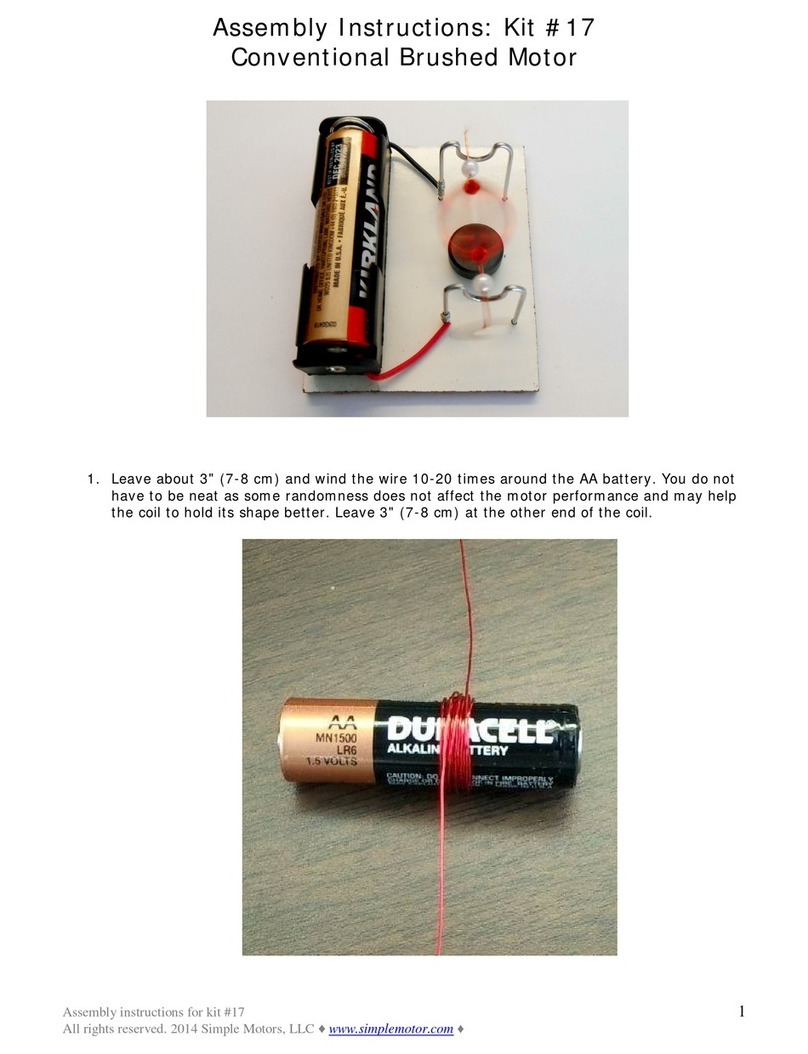
Simple Motors
Simple Motors Kit 17 Assembly instructions
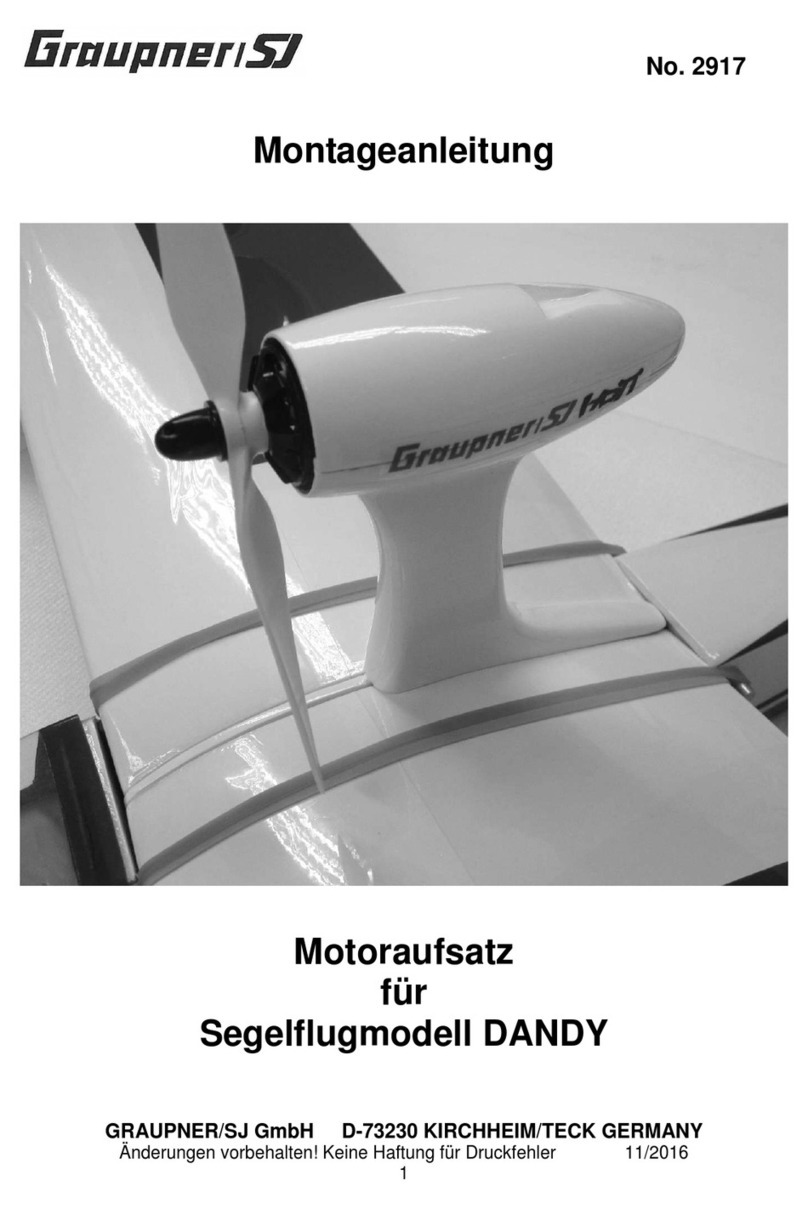
GRAUPNER
GRAUPNER 2917 Assembly instruction
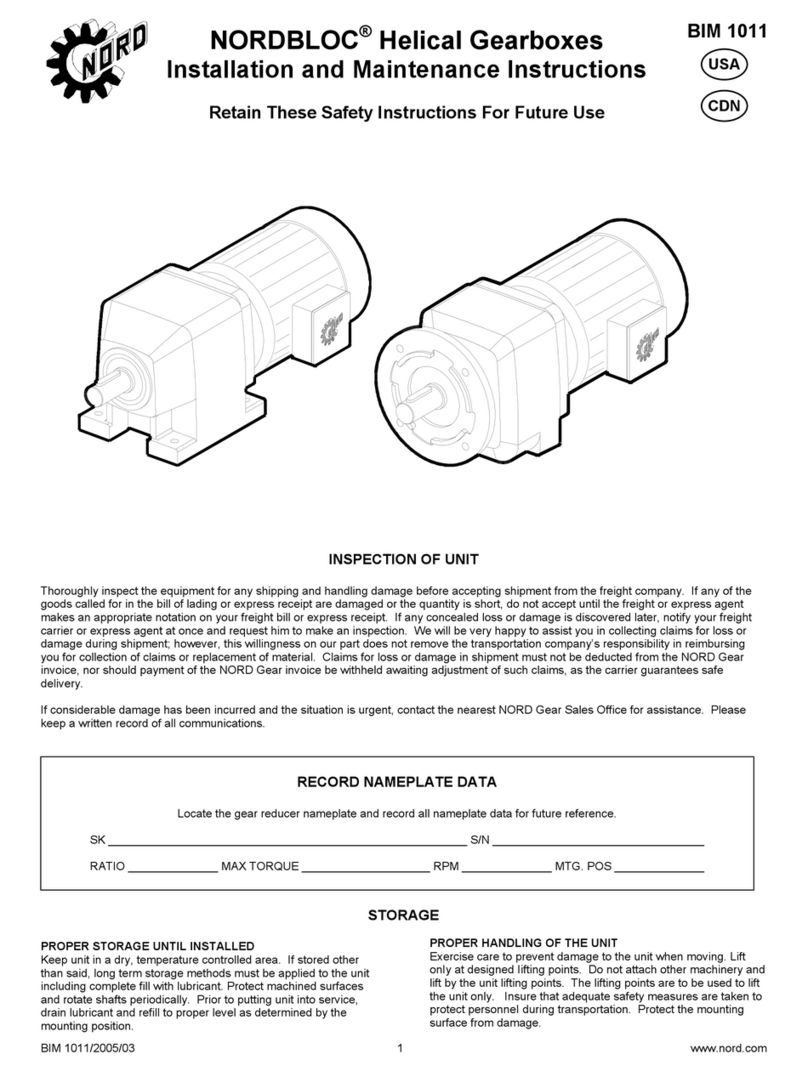
nord
nord NORDBLOC SK 172 Installation and maintenance instructions
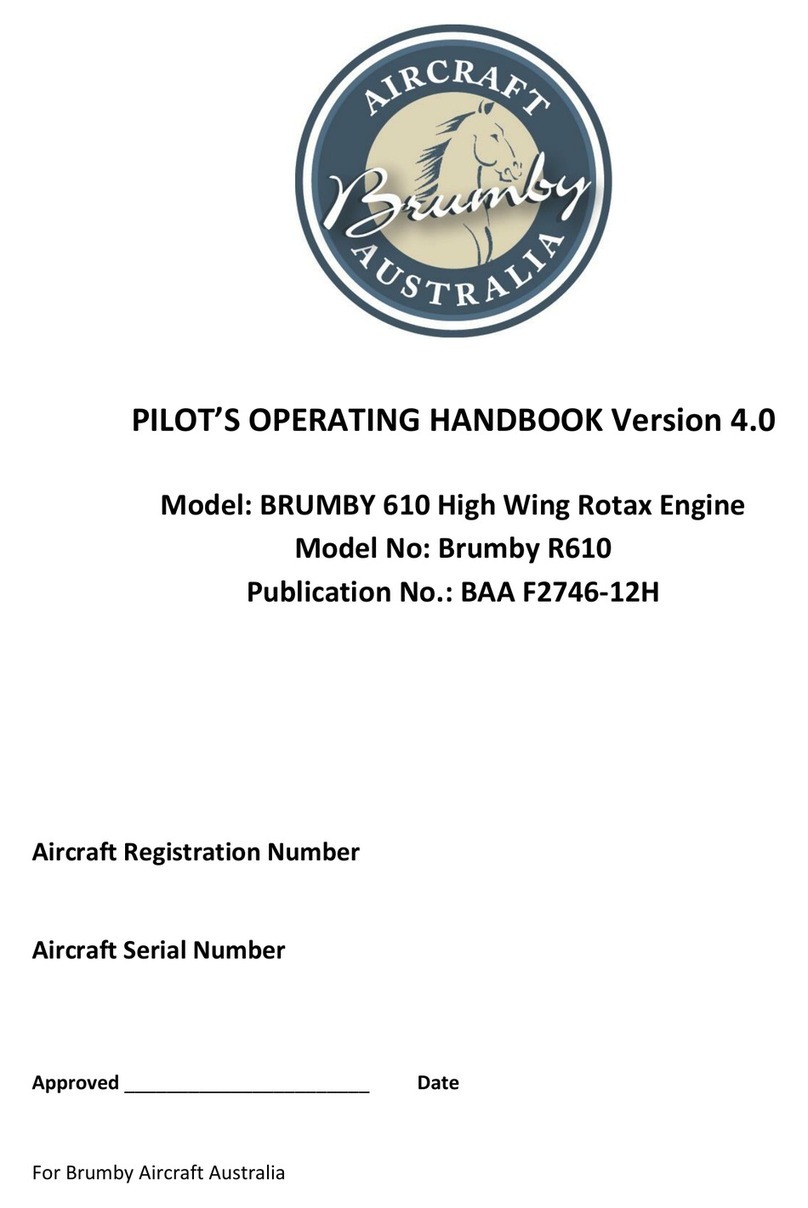
BRUMBY
BRUMBY 610 Pilot operating handbook
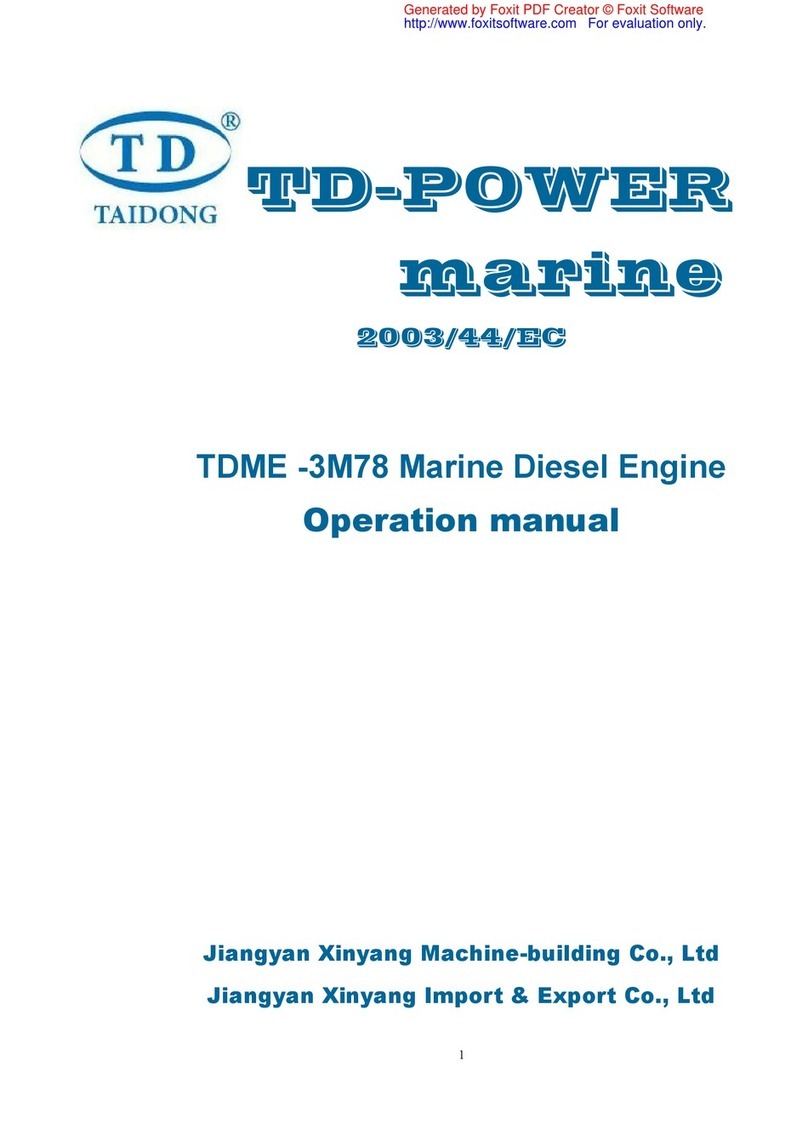
Taidong
Taidong TDME-3M78 Operation manual
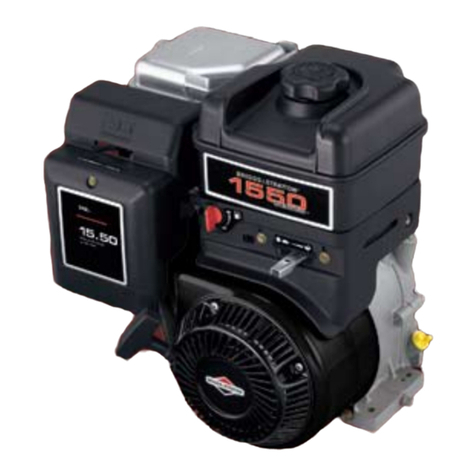
Briggs & Stratton
Briggs & Stratton 276781 instruction manual

MTHTrains
MTHTrains HO Bi-Polar Engineer's guide
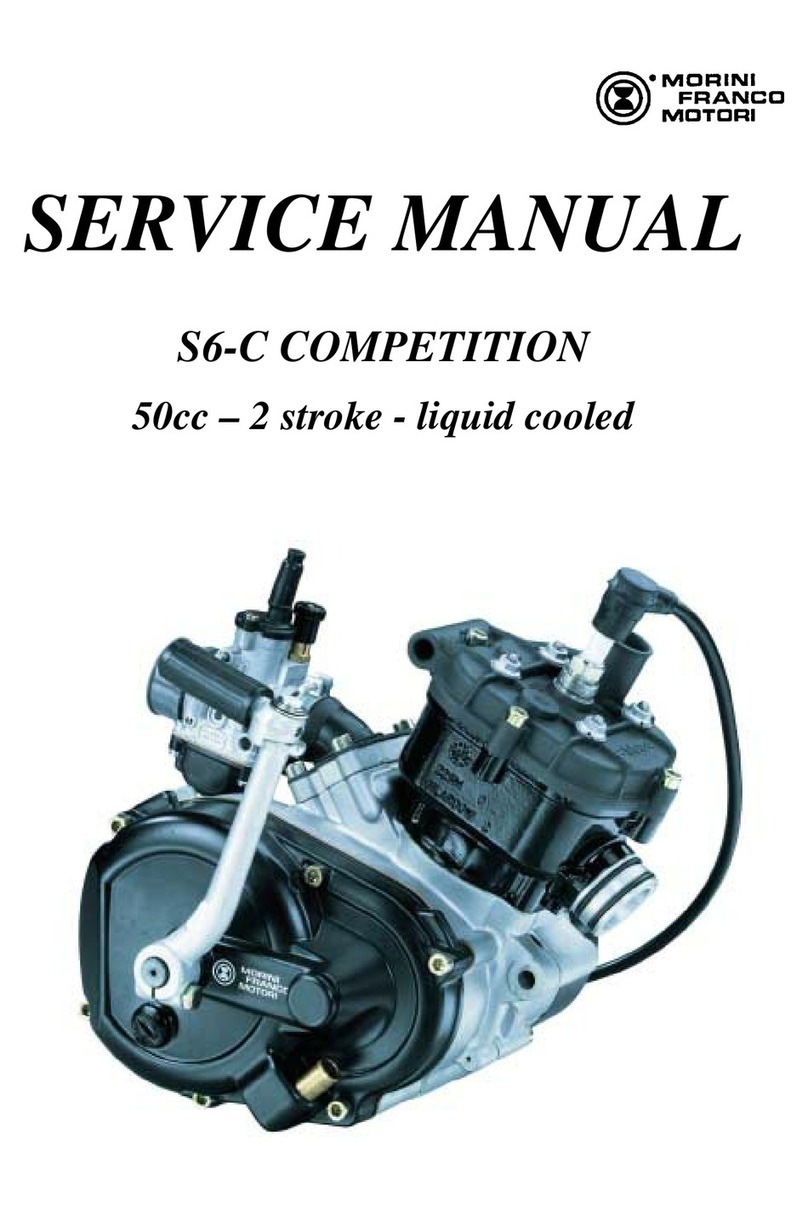
Morini Franco Motori
Morini Franco Motori S6-C COMPETITION Service manual
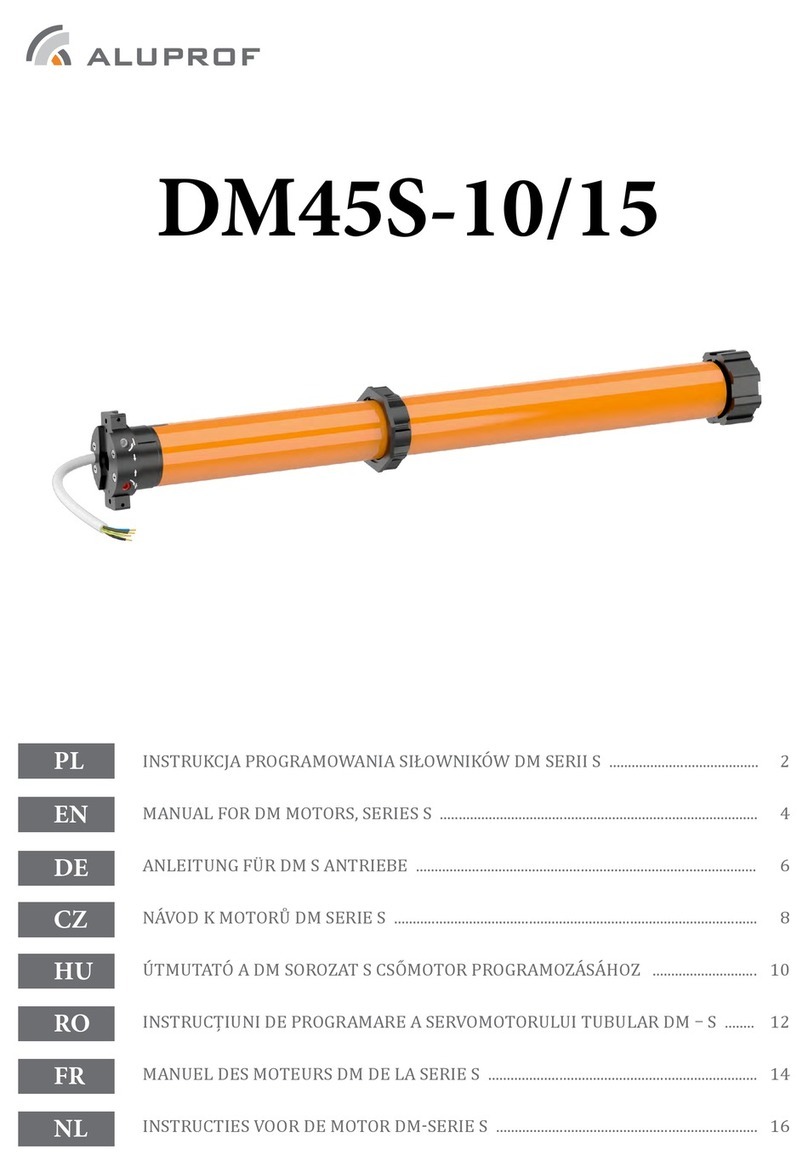
Aluprof
Aluprof S Series manual
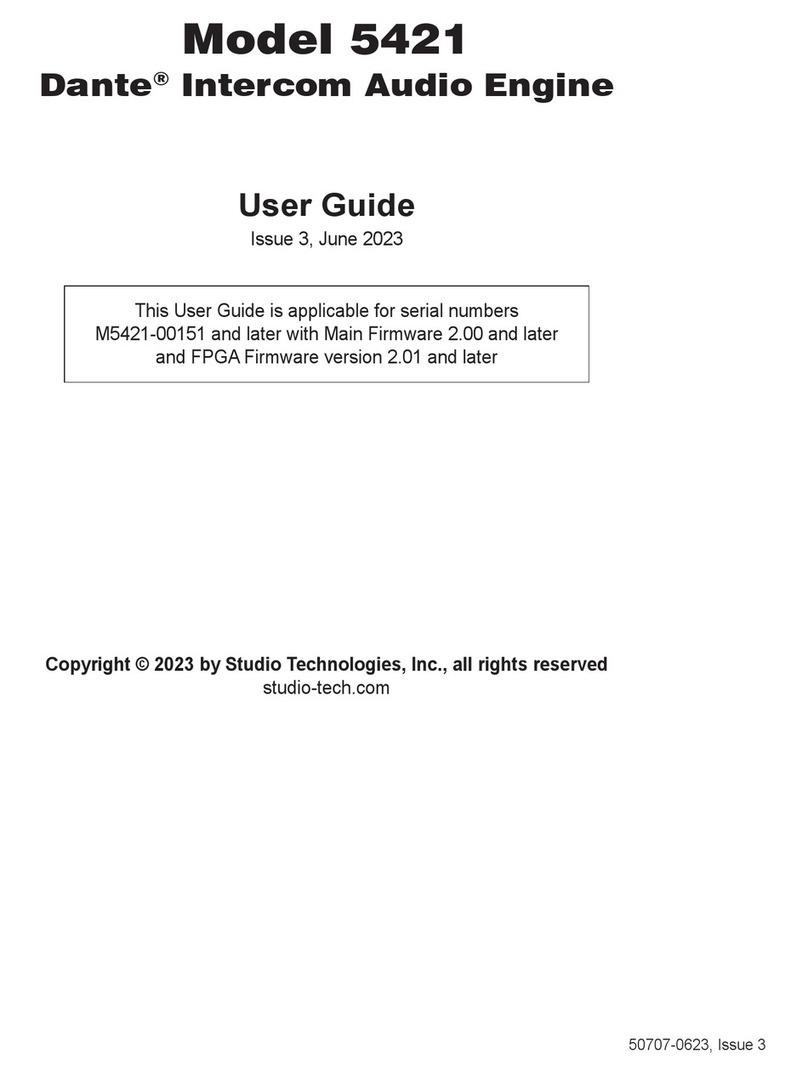
Studio Technologies
Studio Technologies Dante 5421 user guide

Tecumseh
Tecumseh LEV100 Operator's manual and maintenance instructions
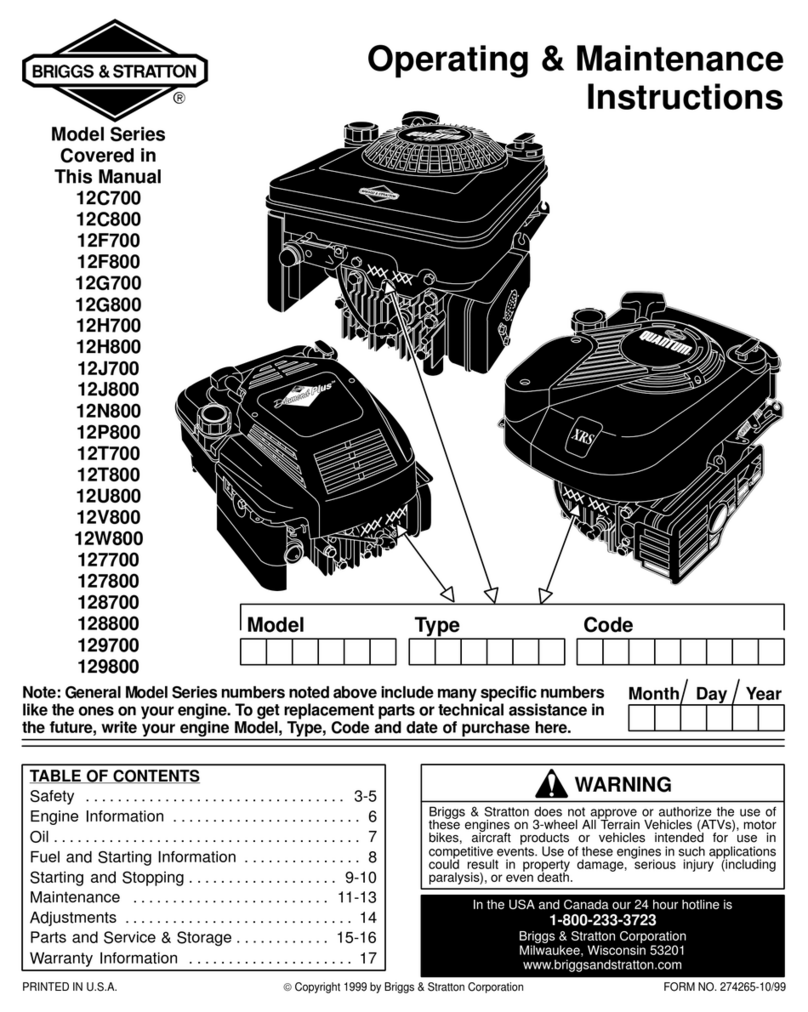
Briggs & Stratton
Briggs & Stratton 12C700 Series Operating & maintenance instructions
